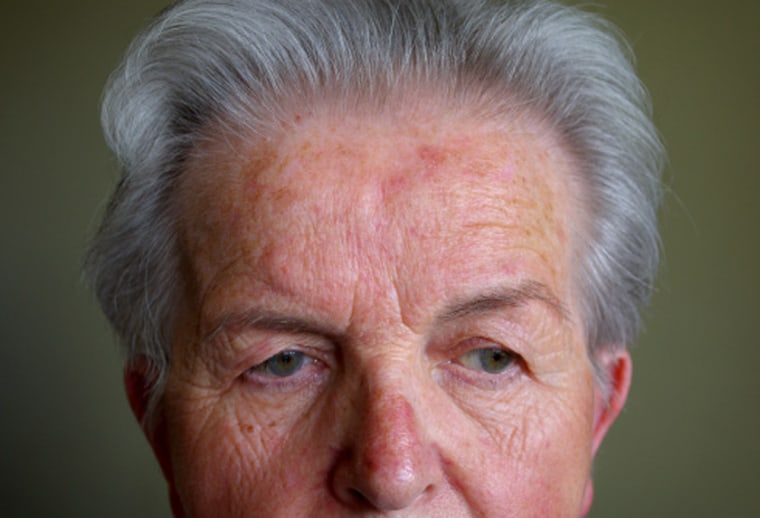Scientists may have finally found what sparks the inflamed and reddened skin in people suffering from rosacea: tiny mites that crawl across most of our faces, unseen and unfelt.
The new finding may eventually lead to more effective treatments, researchers say.
As it turns out, the mites, which spend daytime hours in the glands that produce sweat and sebum, harbor a certain kind of bacteria in their digestive tracts. When the mites die, the bacteria spill out into the glands, according to a new report published in the Journal of Medical Microbiology.
That’s not a problem for most of us, says the study’s lead author Kevin Kavanagh, a researcher at the National University of Ireland. But when people have an especially heavy infestation of the little bugs, the release of bacteria can set off rosacea.
“In normal skin, the density of mites is low,” Kavanagh explains. “In rosacea there is a high density and therefore a large number of bacteria are released. We believe that the high level of bacterial toxins overwhelms the immune response and leads to the inflammation. It is interesting to note that [the mites] do not have an anus and therefore all their waste is stored until they die and then it is released in one go.”
Skin problems only occur when mites die while in the glands during the day. At night they pop out and crawl around the surface of the skin often in search of a mate. Kavanagh notes that the mites can cover a lot of ground – moving as much as 4 inches before heading back to the glands.
Kavanagh and his colleagues came to their conclusions after reviewing the available literature on rosacea and mites. Looking at all the findings together, the researchers realized that the most likely culprit in the rosacea scenario was the bacteria in the gut of a certain type of mite, Demodex folliculorum.
And this new understanding explains why antibiotics work, but only temporarily, Kavanagh says.
“Antibiotics are used to treat rosacea but they have no effect on the Demodex,” he explains. “However they do kill the Bacillus within the Demodex that produces the toxins. Once the antibiotic therapy is stopped the condition returns – possibly because patients pick up Bacillus-infected mites from relatives and friends.”
Another, better, approach may simply involve dietary changes, such as avoiding high fat foods, Kavanagh says.
Demodex feeds on dead skin cells and sebum, the oily substance released by subaceous glands.
“Recent work has shown that the sebum in rosacea patients is different from that in controls,” Kavanagh says. “Therefore a change in diet may lead to the appearance of more ‘normal’ sebum,’ that might prevent Demodex from proliferating.”
Related stories:
Deadly, rare virus cluster worries officials
New tick-borne virus puts bite on Mo. farmers
West Nile spreads across U.S., but don't expect hurricane effect
